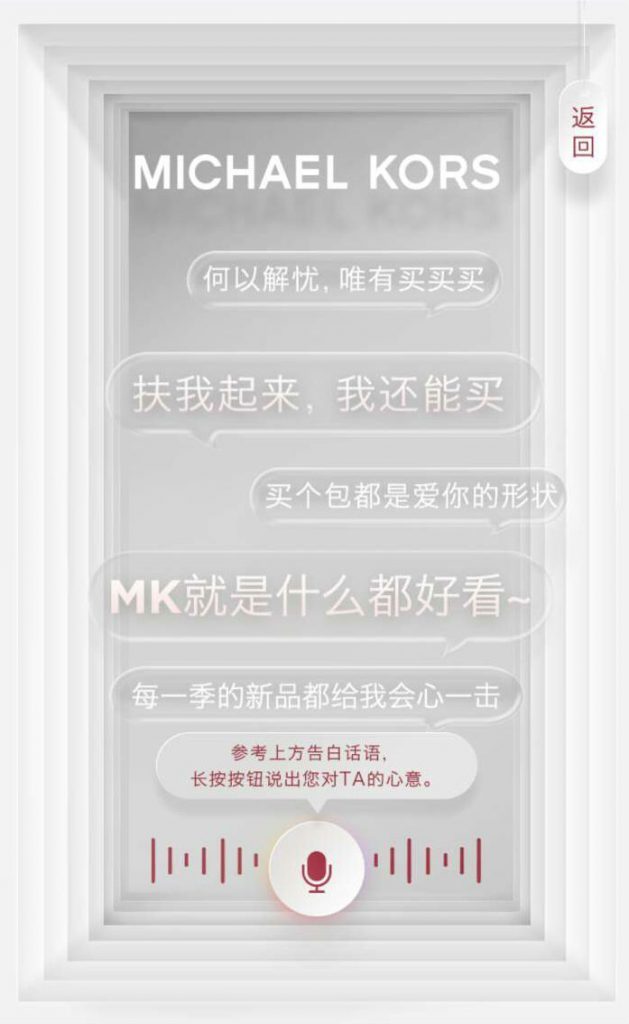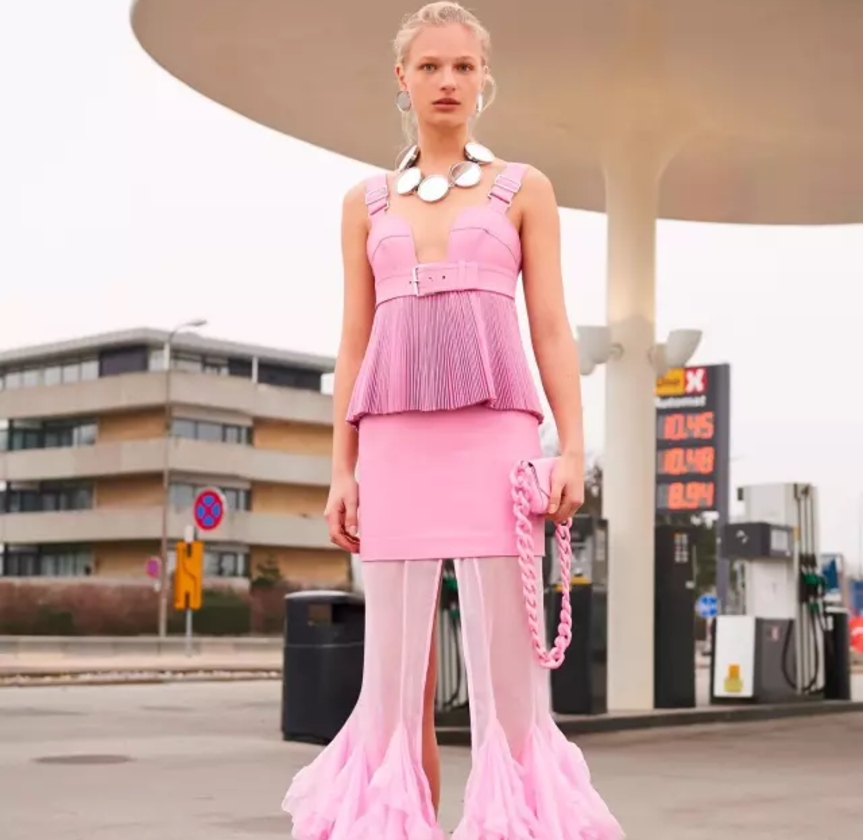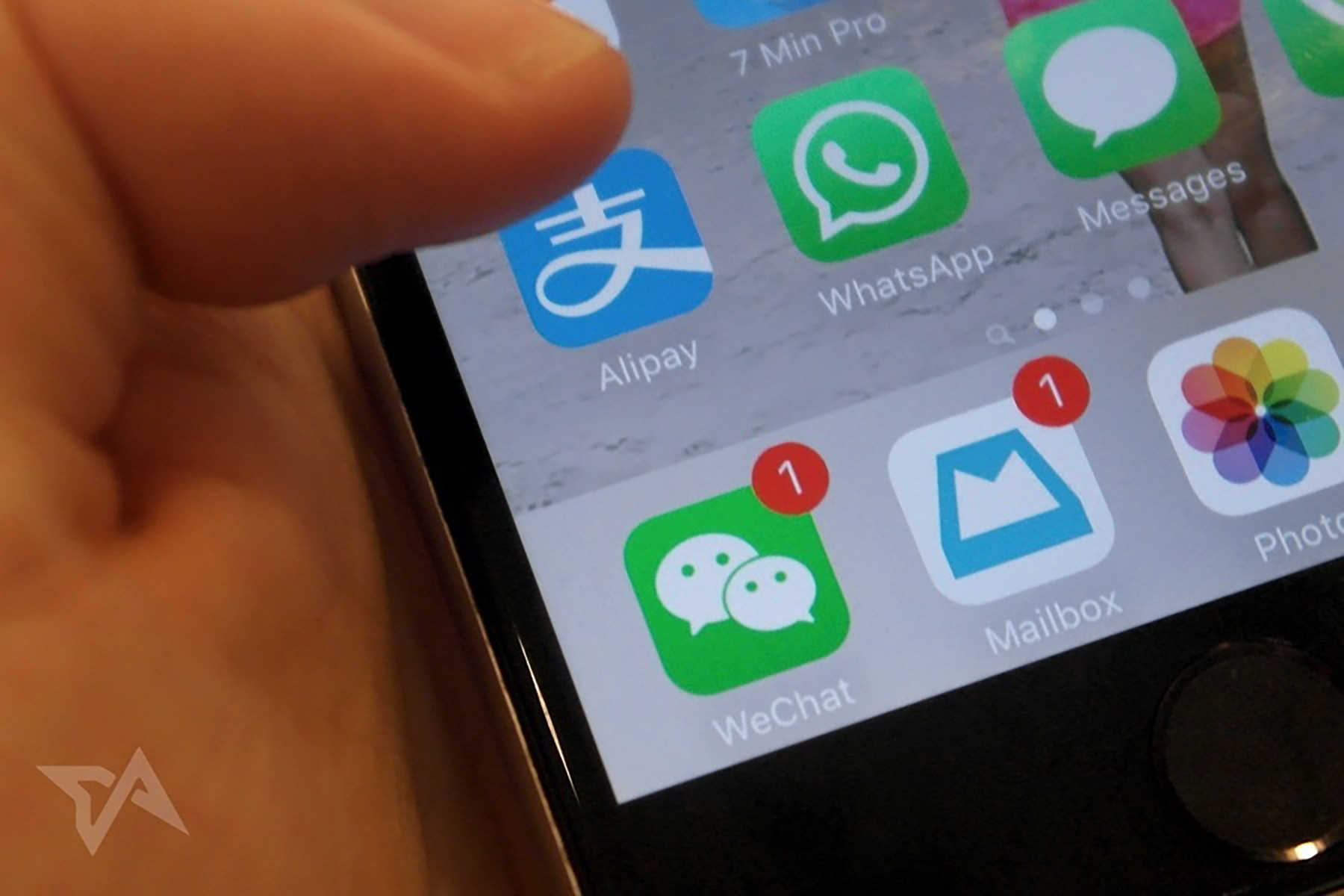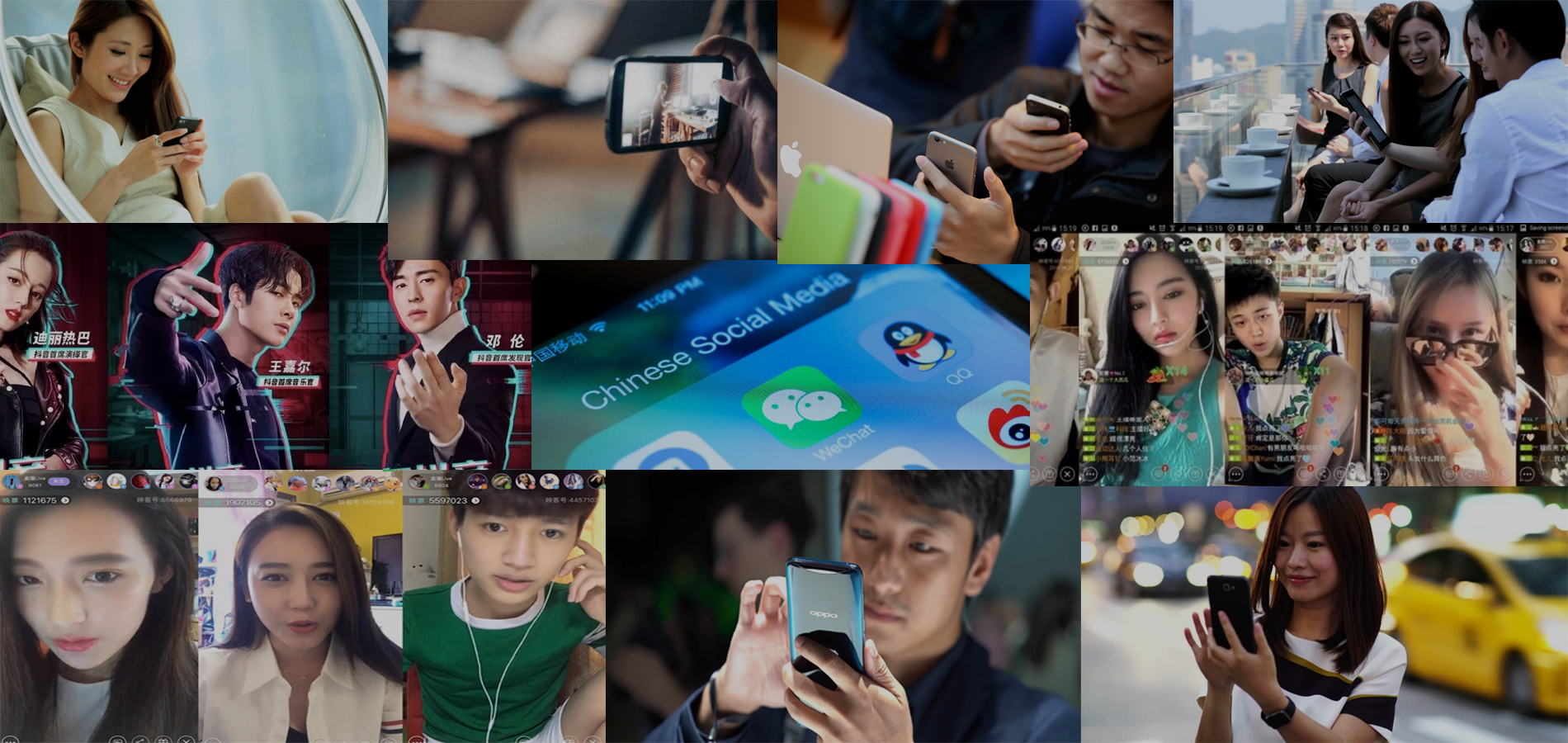1. Gamification – Cartier using Pac-Man to engage post-80s audience and promote featured collection
Following their campaign during Valentines Day earlier this year, Cartier once again shows off their knack for providing memorable experiences. By using gamification, the brand was able to drive WeChat traffic to their featured products — likely increasing sales during the event.
- Cartier’s marketing strategy allowed users to play a “Pac-Man” style game that featured one of their famed jewelry collections, the “Amulette de Cartier”.
- The iconic 1980s Pac-man game theme was used to trigger nostalgia and emotionally connect with the post-80s generation of Chinese consumers, a popular target audience for luxury brands.
The game consisted of five different mazes in which players would have to progress through, each featuring a piece from the collection. Once all five were completed, players would see the word “LOVE” and be able to purchase the featured pieces by clicking on the image.
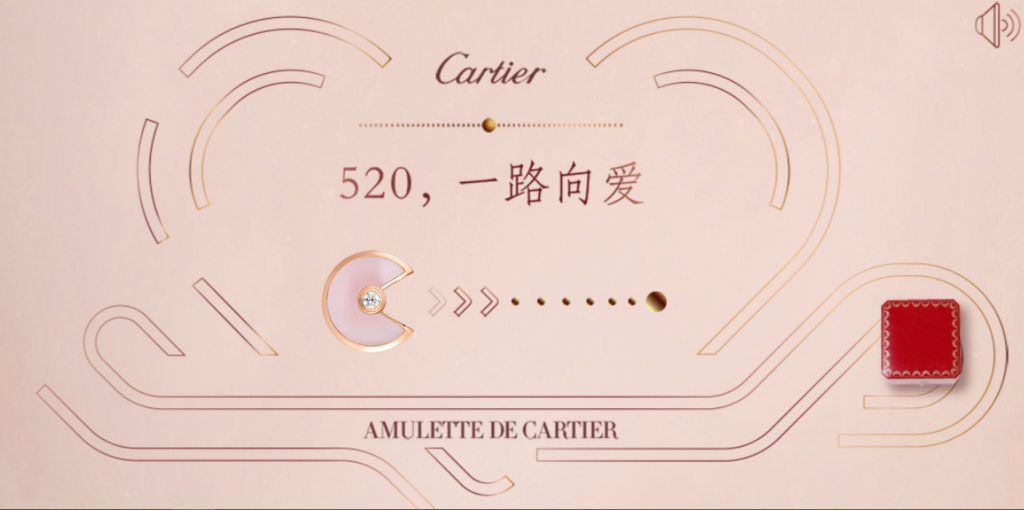
2. Social Interaction – Michael Kors uses voice recognition to boost e-commerce sales and footfall
Michael Kors opted for a more social approach by using WeChat’s platform, various digital functions together with their massive following to engage the WeChat community.
- They encouraged followers to leave love notes in the WeChat comments section for a chance to win a gift coupon.
- The brand also created an interactive HTML5 page that prompts users to choose a love message to read into the voice recorder on WeChat. This message could then be sent to a friend.
- Voice recognition technology helps create an animation of the message on the users’ screen.
After the message, participants would be given the option to either shop recommendations from the online shop or find a physical store near them. This also provided Michael Kors with valuable information as users would be prompted beforehand to enter their name and phone numbers.
3. Direct product promotion – Givenchy’s campaign incentivises users to purchase products
While the previous two examples were made to target a broader audience, Givenchy changes it up by focusing on a single audience: wealthy men. Their “520” campaign works to help affluent males win the hearts of their love interests, while at the same time enticing users to purchase some Givenchy’s products.
- The brand’s promotional post on WeChat says, “If your gift can truly meet your partner’s expectation, then you are halfway there to win his or her heart.”
- Givenchy hints that the secret to achieving that, is buying their classic pieces.
The campaign is straightforward and based on an overwhelmingly simple premise of telling the consumer what they want; in this case, how to appeal to their partner, then provide them with the means. In an industry over-saturated with brands trying to one-up one another for their piece of the market, the simplicity of this strategy could very well be what makes Givenchy stand out during this occasion.




